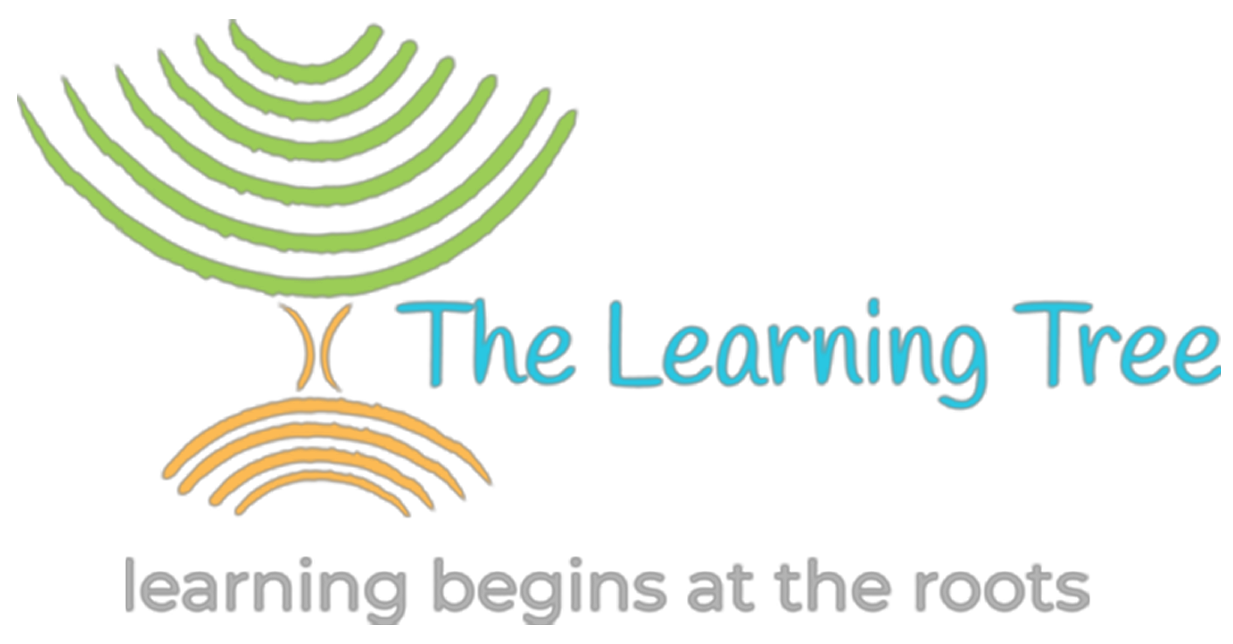


Abacus is introduced for 1st-grade and 2nd-grade students. Kids of this age group are introduced to various arithmetic topics such as additions, subtractions, and multiplications.
To help the children to develop confidence and enjoy math without the fear of numbers, Abacus is introduced as a part of the curriculum.
The Abacus helps children simultaneously work on their right and left brains by using two hands and tools to move the beads.
"Clay gives children wings to let their imagination soar ," especially since this is one class that is not structured. It helps with hand-eye coordination, problem-solving, and creativity. Pottery gives toddlers a sense of accomplishment and independence. They learn to create something from scratch and see the fruits of their labor. This builds self-confidence and teaches them that they can do things independently.
Everyone enjoys playing in the mud; the petrichor soothes our nervous system and brings a pleasant smile. The touch of the smooth and soft clay helps the children as a therapy; clay aids us in reducing negative mood and anxiety, awakens creativity, fosters socialization, and heals from trauma.
At The Learning Tree (TLT), pottery is a regular activity for the children to focus on the above mood swings of the child, enhance their creativity and foster inclination towards mother nature, and soil their hands rightfully.
Music and movement help the children to improve their fine and large motor skills. Few children show interest in the kinesthetic way of learning. Music, coupled with movement, aids in the child's physical development. Children improve their body, hand, and leg coordination and muscular development.
They begin to understand what they can do with their bodies as they run, balance, stretch, crawl and skip. Children respond positively to music. When they participate in the group, children tend to improve social interactions. Body movements help burn their extra energy, settling down the hyperactive children.
To encourage music and movement and help the kinesthetic learners at TLT, we have initiated regular dance classes which trained dance masters lead.
Taekwondo is a system of symmetrical body exercises or techniques designed for self-defense and counterattacks in unarmed combat, using the hands and feet as weapons and defenses. However, Taekwondo is not merely a physical skill but also a way of life. Through strict discipline, Taekwondo trains both the body and the mind placing great emphasis on the development of moral character.
The study of Taekwondo offers several unique advantages to the student's physical fitness. It may be practiced individually or in groups. The entire muscle system of the body, from the fingers to the toes, is brought into play.
Taekwondo is high repetition; low resistance movements develop a longer, leaner, more flexible musculature. Muscular strength, flexibility, increased energy, peripheral vision, concentration, and the ability to avoid distractions.
Taekwondo is recommended to start early to bring discipline in children. It provides benefits in vision, body development, and mental awareness. This martial art's goal is to give self-esteem, knowledge of self-defense, and heightened mental and physical well-being.
Copyright @ 2025 The Learning Tree. All Rights Reserved by The Learning Tree School